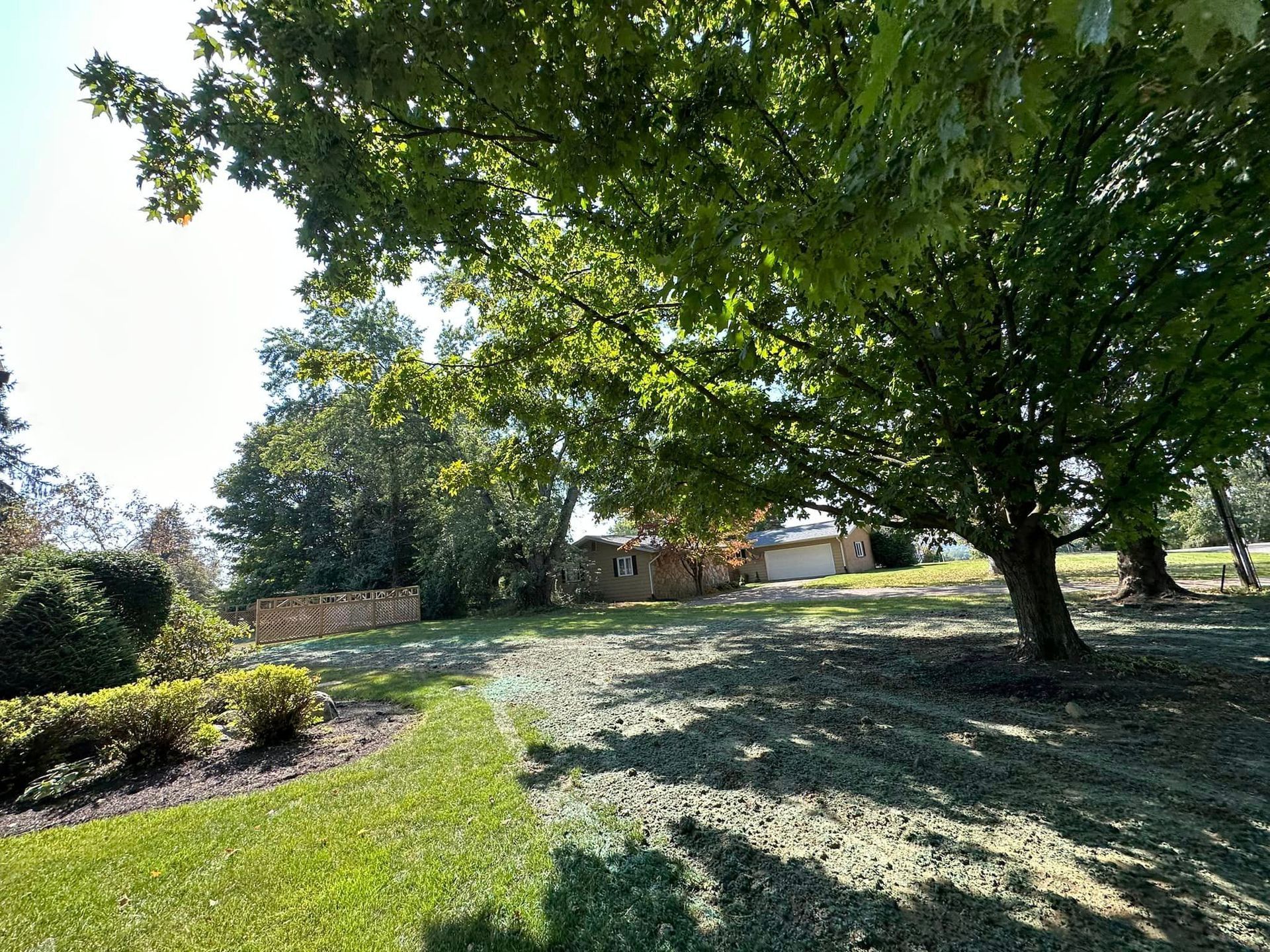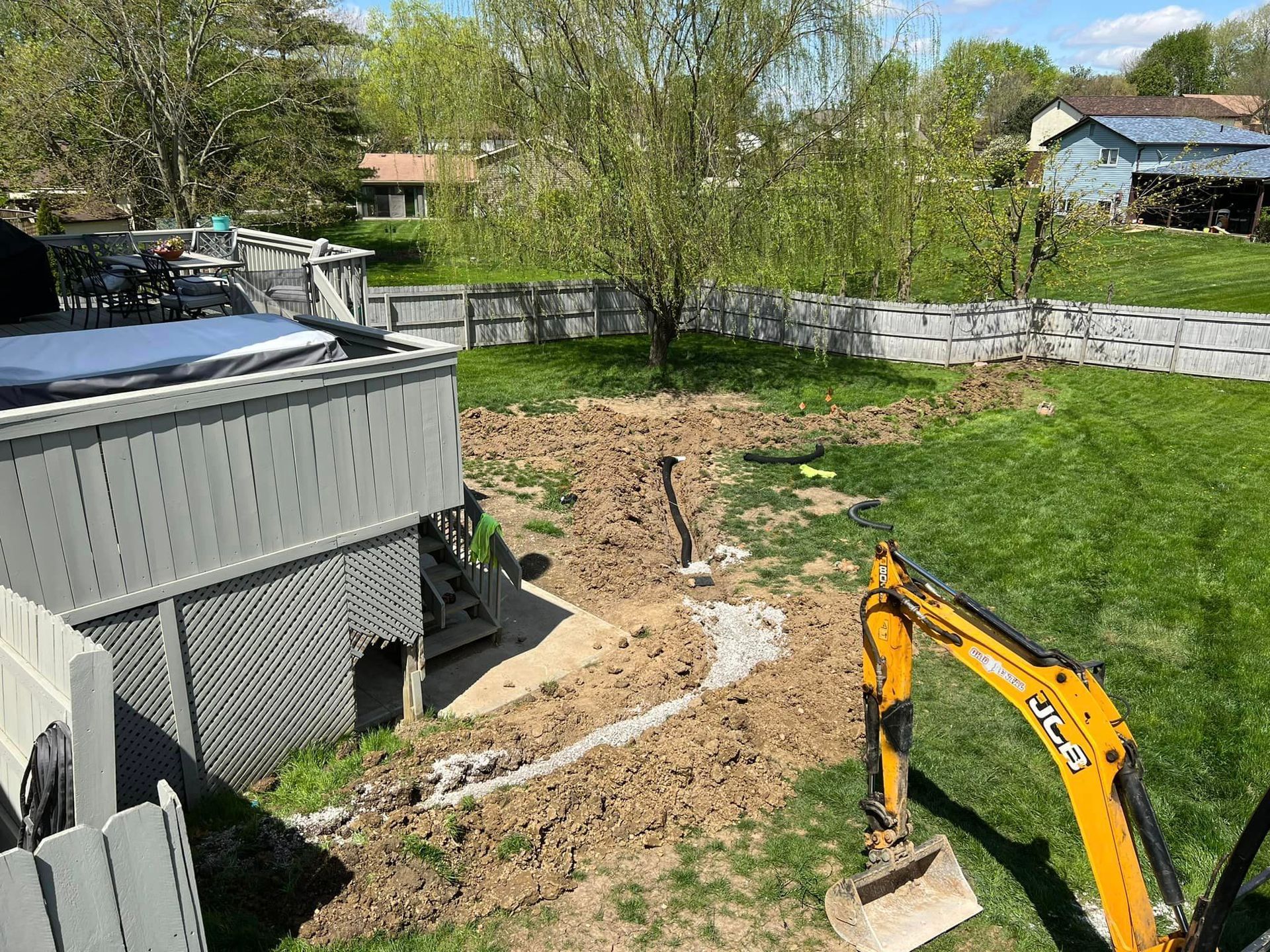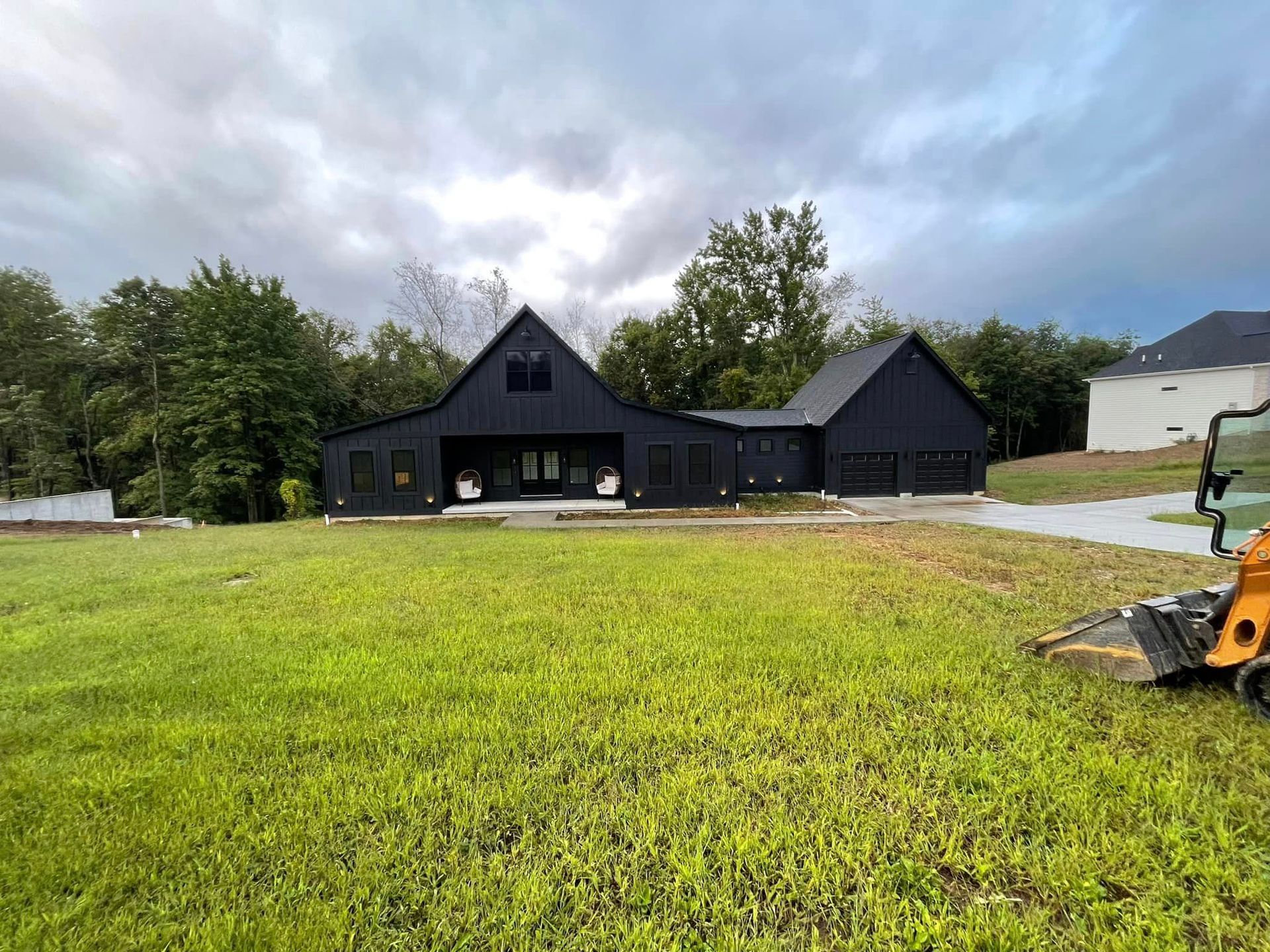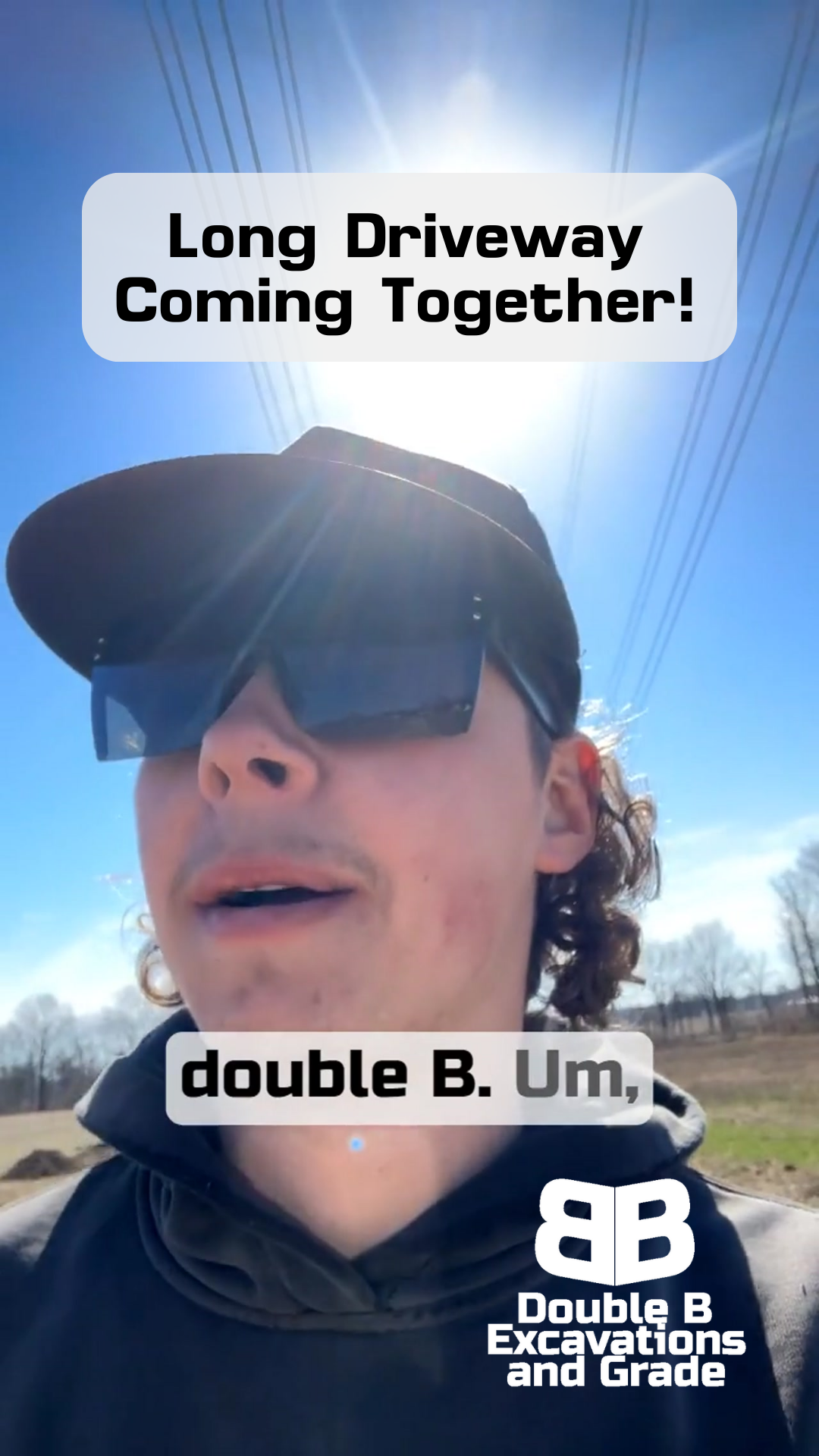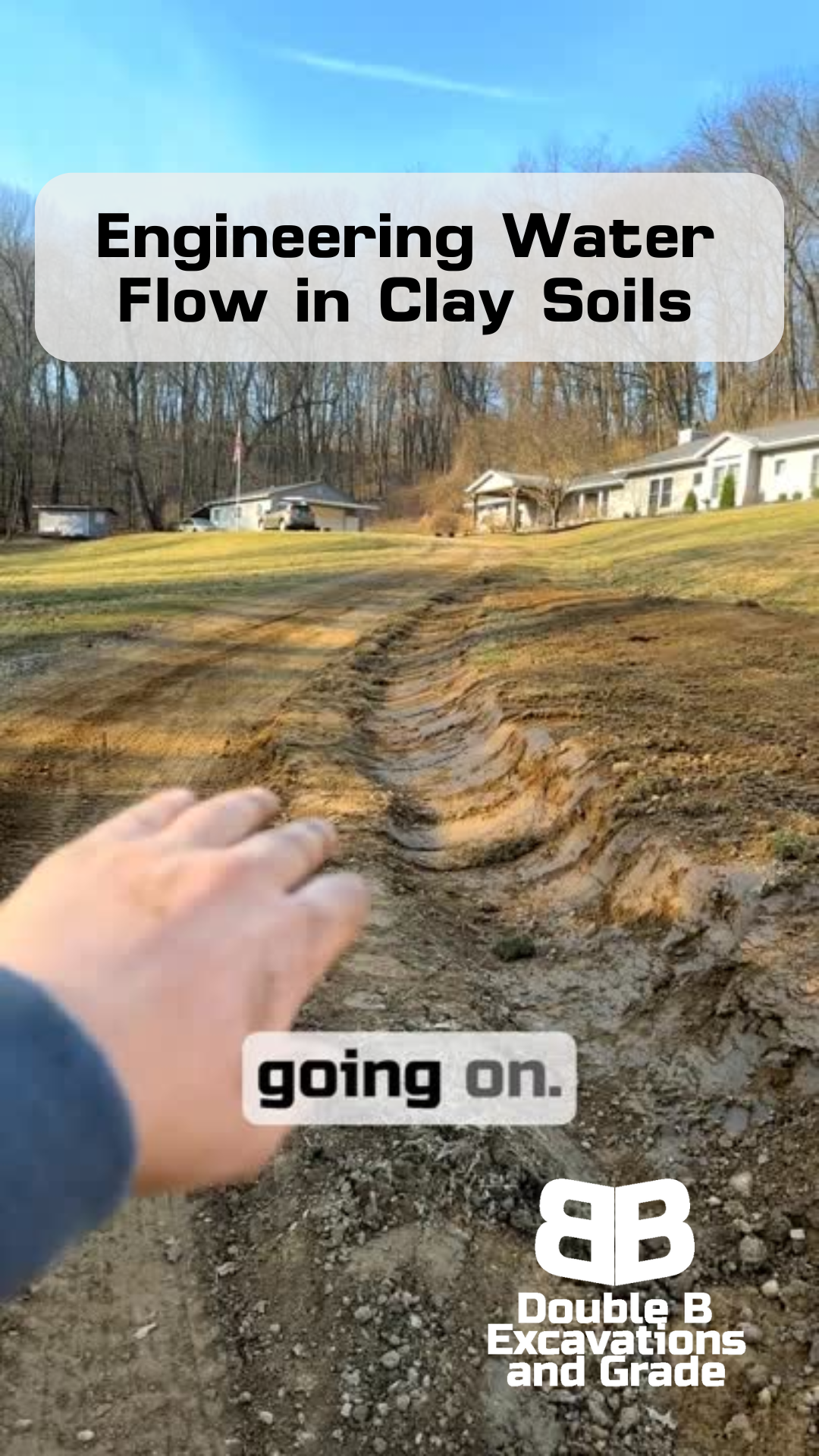Address
6752 Blacksnake Road Utica, OH 43080, United States
Get in touch
Give Us A Call (380) 205-0115
From Muddy Mess to Solid Ground: How We Fix Water-Damaged Driveways in Ohio
Double B Excavations & Grade LLC
Handling Typical Gravel Driveway Issues
THE PREDICTABLE THING ABOUT OHIO WEATHER IS THAT IT WILL BE ROUGH
If you live in Ohio, you know our weather can be rough on driveways.
One day it's freezing, the next it's thawing, then the rain comes - and before you know it, your once-solid driveway turns into something that looks more like a mud pit.
I just saw this firsthand at a property in St. Louisville.
The homeowner called us out to look at their driveway, and what we found is something we see all too often in central Ohio.
Years of freeze-thaw cycles, combined with rain running down from the nearby woods, have turned half their driveway into muck.
It's gotten so bad they're actually driving through their yard to avoid the worst spots.
When water starts winning the battle against your driveway, it's not just about dealing with mud.
It's about fixing a problem that's only going to get worse - and more expensive - if you don't address it right.
Welcome to Double B!
Understanding the Problem
Here's what happens when drainage goes wrong: Water from rain or melting snow doesn't have a clear path to flow away from your driveway. Instead, it sits there, creating soft spots. Those soft spots turn into ruts. Those ruts then collect more water, and the cycle keeps going until you've got a real mess on your hands.
In Ohio, this problem hits differently because of our weather patterns. We might get a hard freeze, then a warm spell that thaws everything out, then rain on top of that. Each cycle makes the ground expand and contract, breaking down your driveway material bit by bit. Add in water flowing down from higher ground (like the wooded hill at our St. Louisville project), and you've got a perfect recipe for driveway destruction.
The most common signs you're heading for trouble:
- Standing water that doesn't drain away
- Soft, mushy spots in your driveway
- Ruts that keep getting deeper
- Water flowing across instead of along the sides
- Having to drive around certain spots to avoid getting stuck
Anatomy of a Failing Driveway
Let's look at what's happening at this St. Louisville property - it's a perfect example of how driveways can go from good to bad over time.
The original setup was actually pretty smart.
There used to be a swale (that's just a shallow ditch) running from the house down along the driveway, carrying water to a nearby creek.
Simple but effective.
But here's what went wrong: Over time, that swale filled in and basically disappeared.
Now, instead of water flowing neatly beside the driveway into the creek, it's running straight down from the wooded hill and sitting right on the driving surface.
With nowhere else to go, the water just sits there, turning everything into muck.
The homeowner's found themselves in a tough spot.
Half their driveway is so bad they're actually driving through their yard to get to their house.
Nobody wants to do that, especially after a rain.
But this shows just how bad drainage problems can get if they're not fixed.
The Fix: Our Approach
When we see a situation like this, we don't just dump new gravel on top and call it good.
That's like putting a band-aid on a broken arm - it might look better for a minute, but it's not solving the real problem.
Here's what needs to happen:
- First, we're going to dig out and rebuild that swale. This gives the water somewhere to go besides your driveway.
- Next, we'll regrade everything so water flows where it should - away from your driving surface.
- Finally, we'll top it with 57s (that's a specific size of limestone). We like 57s because they lock together well but still let water drain through instead of sitting on top.
The key is working with the natural water flow, not against it.
Water's going to go where it wants to go - our job is just making sure "where it wants to go" isn't through the middle of your driveway.
Prevention Tips
Here's something I've learned over years of fixing driveways:
Most folks don't realize they have a drainage problem until they're already stuck in the mud - literally.
But there are some early warning signs you can watch for:
- After rain, walk your driveway. If you see water sitting anywhere for more than an hour, that's a red flag.
- Watch how snow melts. Spots that stay wet longer than others usually mean there's a drainage issue.
- Notice if your tires are leaving deeper tracks than usual, especially in certain spots.
- Pay attention to where water flows during heavy rain. Is it running beside your driveway, or right down the middle?
The thing about water damage is it never gets better on its own.
Those small problems you notice today?
They're going to be bigger, messier, and more expensive to fix if you wait too long.
Wrapping it Up
Every driveway we fix has a story, and most of them start the same way: "It wasn't that bad at first." But here in Ohio, between the freeze-thaw cycles and our crazy weather patterns, small drainage issues can turn into big headaches fast.
If you're seeing standing water, dealing with mud, or noticing your driveway isn't what it used to be, don't wait until you're driving through your yard to get around the bad spots. We've seen it all, and more importantly, we know how to fix it - the right way, the first time.
Whether you're in St. Louisville or anywhere in central Ohio, we're happy to come take a look. Sometimes a small fix now can save you from a complete rebuild later.
After all, your driveway should be something that gets you home, not something that keeps you from getting there.
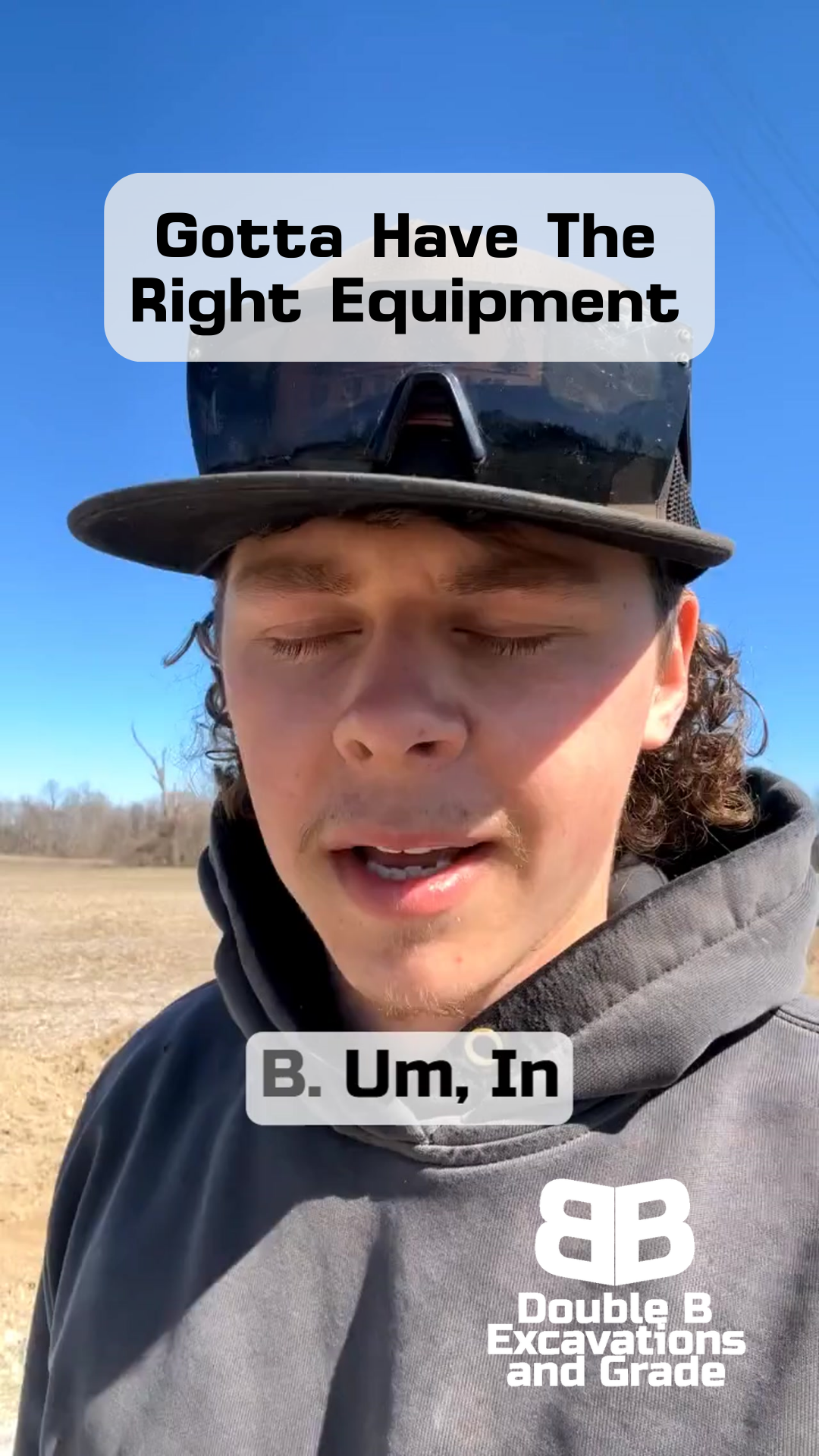
Services
Double B Excavations & Grade LLC


